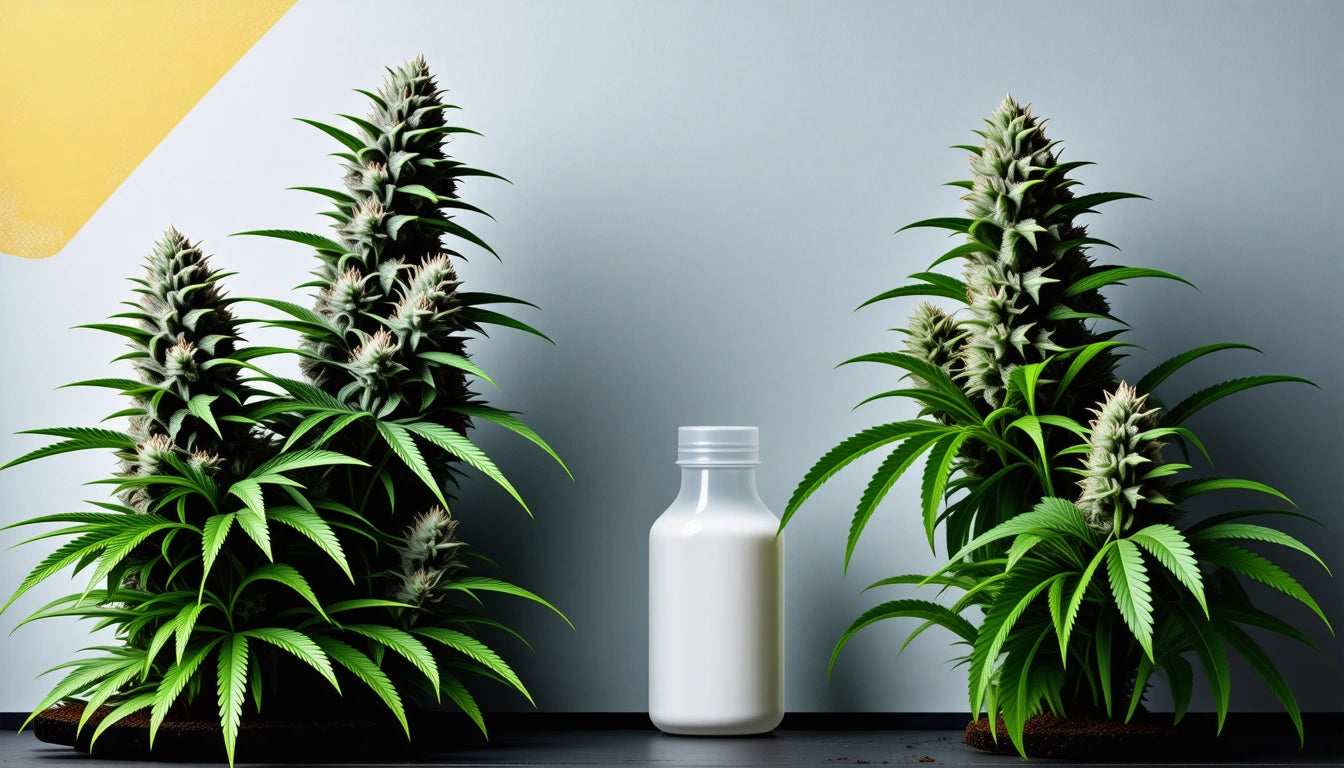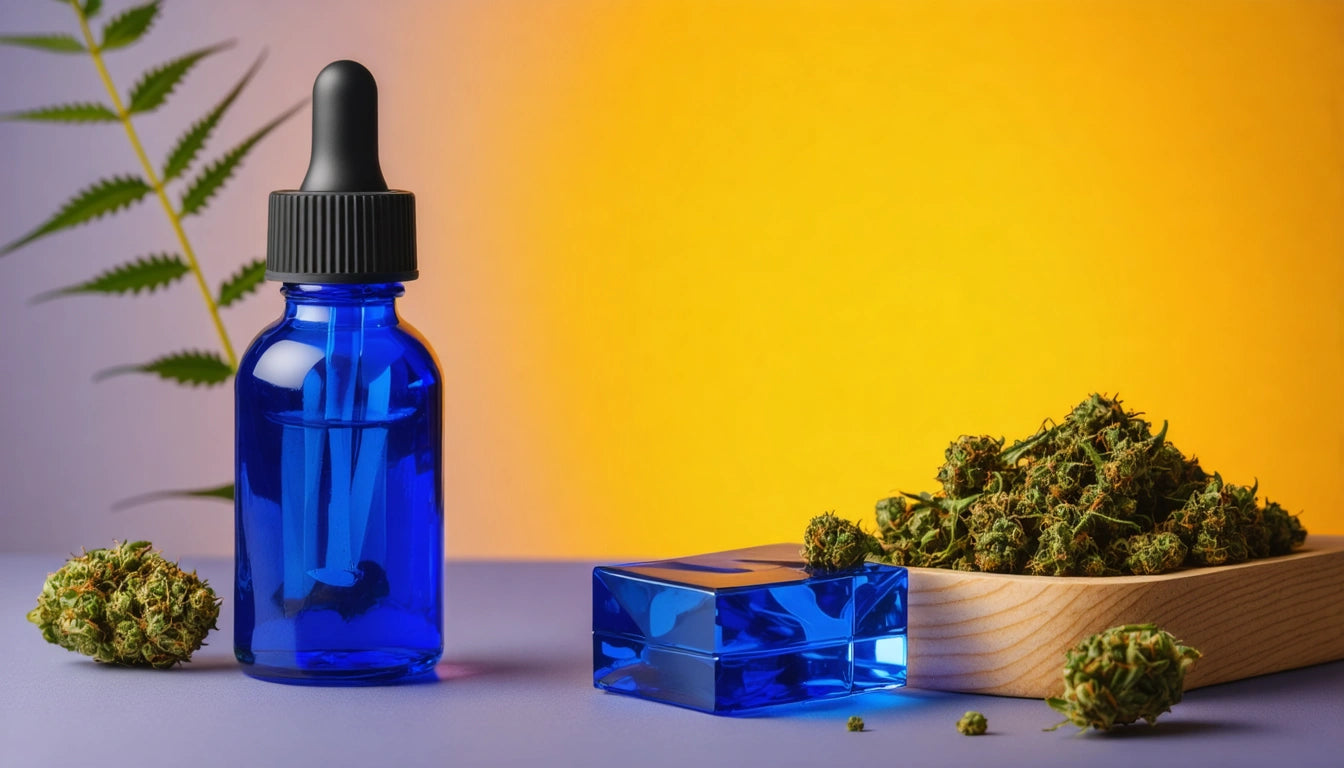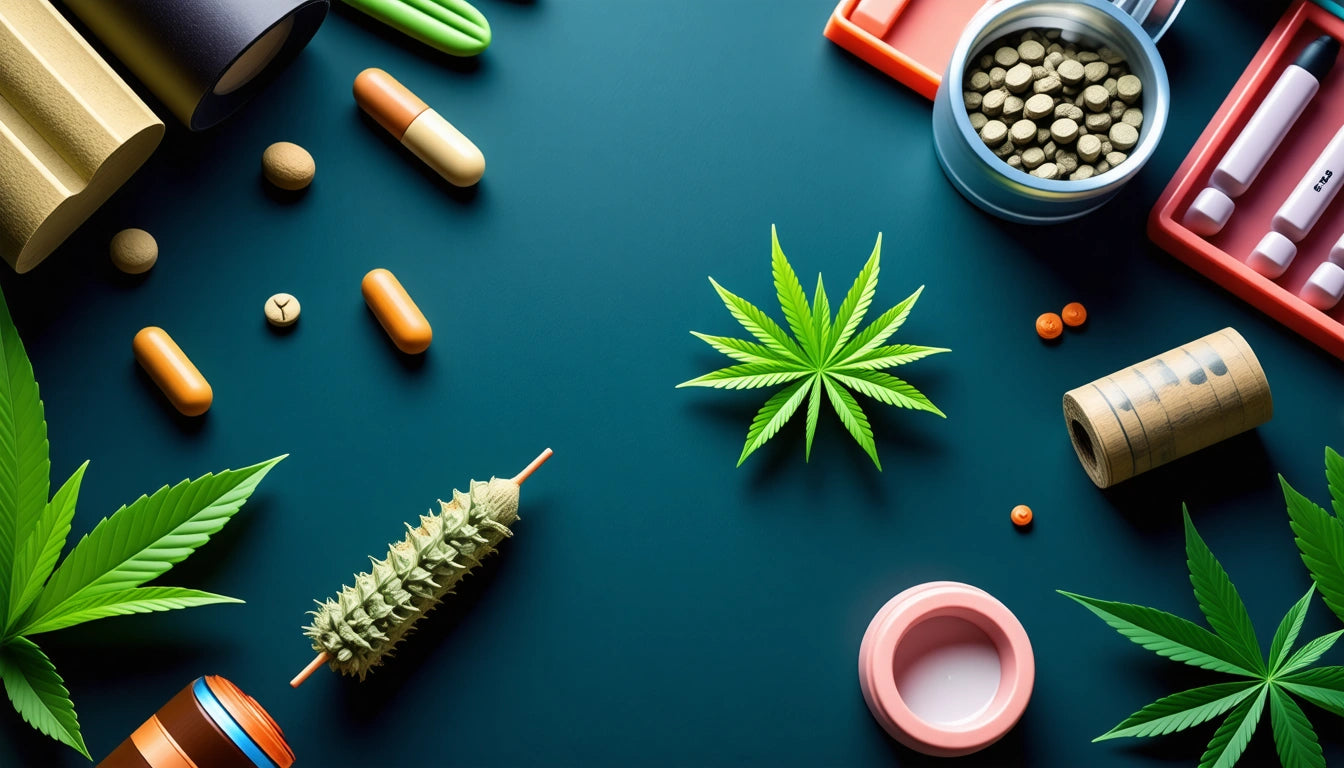Table of Contents
- Understanding Feminized Seeds: What They Are and Why They Matter
- Creating Feminized Seeds: The Colloidal Silver Method
- Alternative Feminization Methods for Cannabis Seeds
- Growing Feminized Seeds: From Germination to Flowering
- Indoor Cultivation Techniques for Feminized Seeds
- Common Challenges When Working with Feminized Seeds
- Best Practices and Future Trends in Feminized Seed Production
Comprehensive Guide to Creating and Growing Feminized Cannabis Seeds
Feminized cannabis seeds have revolutionized cultivation by virtually eliminating the need to identify and remove male plants. Understanding how to make feminized seeds and properly grow them can significantly improve your cultivation efficiency and yield. This guide covers everything from feminization techniques to optimal growing conditions.
Understanding Feminized Seeds: What They Are and Why They Matter
Feminized seeds are genetically engineered to produce only female plants, which are the ones that develop the resin-rich flowers sought by most growers. According to this comprehensive overview, feminized seeds typically have a 99% success rate in producing female plants, compared to regular seeds which have roughly a 50/50 chance.
The primary advantage of using feminized seeds is resource efficiency. Without male plants taking up space, light, and nutrients, growers can maximize their growing area with flowering females. This is especially valuable for home growers with limited space or commercial operations looking to optimize production costs.
Creating Feminized Seeds: The Colloidal Silver Method
The most reliable method for how to make feminized seeds with colloidal silver involves the following steps:
- Select a healthy female plant with desirable traits
- Prepare a colloidal silver solution (typically 15-30 parts per million)
- Spray the solution on selected bud sites daily for 10-14 days
- Continue the application until male pollen sacs form
- Collect the pollen and use it to pollinate another female plant
The colloidal silver disrupts ethylene production in the plant, which forces the female to develop male reproductive features. Since the genetic makeup remains female (XX), the resulting pollen carries only female chromosomes. When this pollen fertilizes another female plant, the seeds produced will be feminized.
This method requires precision and patience but yields consistent results for those looking to produce feminized seeds at home.
Alternative Feminization Methods for Cannabis Seeds
While colloidal silver is the most popular method, there are other techniques to feminize seeds:
Silver Thiosulfate (STS) Method
STS works similarly to colloidal silver but is often considered more potent. It's a chemical solution that more aggressively blocks ethylene production, potentially resulting in faster pollen sac development.
Rodelization Technique
This natural method takes advantage of a female plant's tendency to produce male flowers when kept in the flowering stage well past maturity. While more natural, this technique is less reliable and produces fewer seeds than chemical methods.
Growing Feminized Seeds: From Germination to Flowering
Once you've created or purchased feminized seeds, proper cultivation is essential:
Germination
Start by germinating your seeds using the paper towel method or by planting directly in a seedling medium. This germination guide provides detailed instructions for optimal success rates.
Vegetative Stage
During this growth phase, provide 18-24 hours of light to encourage robust development. Focus on building strong root systems and branching structure through appropriate feeding and training techniques.
Flowering Stage
To learn how to flower feminized seeds properly, switch to a 12/12 light cycle to trigger and maintain the flowering phase. During this period, plants will develop the resin-rich buds that contain cannabinoids and terpenes.
Throughout the growing process, proper storage of unused seeds is crucial. Keep them in a cool, dark place with controlled humidity, ideally using appropriate child-resistant packaging solutions to prevent accidental access by children, similar to how other sensitive products are protected.
Indoor Cultivation Techniques for Feminized Seeds
Understanding how to grow feminized seeds indoors requires attention to several key factors:
Lighting Systems
Choose between LED, HPS, or fluorescent lighting based on your space and budget. Each has advantages, with LEDs offering energy efficiency and HPS providing intense flowering light.
Growing Medium
Options include soil, coco coir, or hydroponic systems. Each medium affects watering frequency, nutrient delivery, and overall plant development.
Climate Control
Maintain temperatures between 70-85 °F (21-29 °C) during the day and slightly cooler at night. Humidity should be adjusted throughout the growth cycle, starting higher during vegetation (60-70%) and lowering during flowering (40-50%).
For a complete breakdown of indoor growing techniques, this step-by-step guide offers valuable insights for both beginners and experienced growers.
Common Challenges When Working with Feminized Seeds
Even with feminized seeds, growers may encounter several challenges:
Hermaphroditism
Stress can cause feminized plants to develop both male and female reproductive organs. Minimize light leaks during dark periods, maintain stable temperatures, and avoid physical damage to reduce this risk.
Genetic Stability
Not all feminized seeds are created equal. Seeds from reputable sources or carefully controlled home production tend to have greater genetic stability and performance consistency.
Cloning Considerations
Many growers wonder, "Can you clone feminized seeds?" The answer is yes. Plants grown from feminized seeds can be cloned just like any other cannabis plant, allowing you to preserve favorable genetics indefinitely.
Best Practices and Future Trends in Feminized Seed Production
As cultivation techniques evolve, several best practices have emerged for those learning how to create feminized seeds:
- Document parent plant characteristics to track genetic inheritance
- Use multiple feminization techniques to determine which works best for specific strains
- Implement rigorous testing protocols to ensure seed viability and feminization success rates
- Consider strain-specific modifications to standard feminization protocols
Looking forward, advances in genetic research are likely to produce even more reliable feminization techniques. CRISPR and other gene-editing technologies may eventually offer alternatives to chemical feminization methods, potentially creating seeds with guaranteed female outcomes and customized trait profiles.
Whether you're a home grower interested in seed production or a commercial cultivator looking to optimize your operation, mastering how to feminize seeds offers significant advantages. With proper technique and attention to detail, you can create consistent, high-quality feminized seeds tailored to your specific growing conditions and preferences.











Leave a comment
All comments are moderated before being published.
This site is protected by hCaptcha and the hCaptcha Privacy Policy and Terms of Service apply.